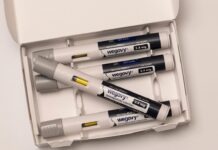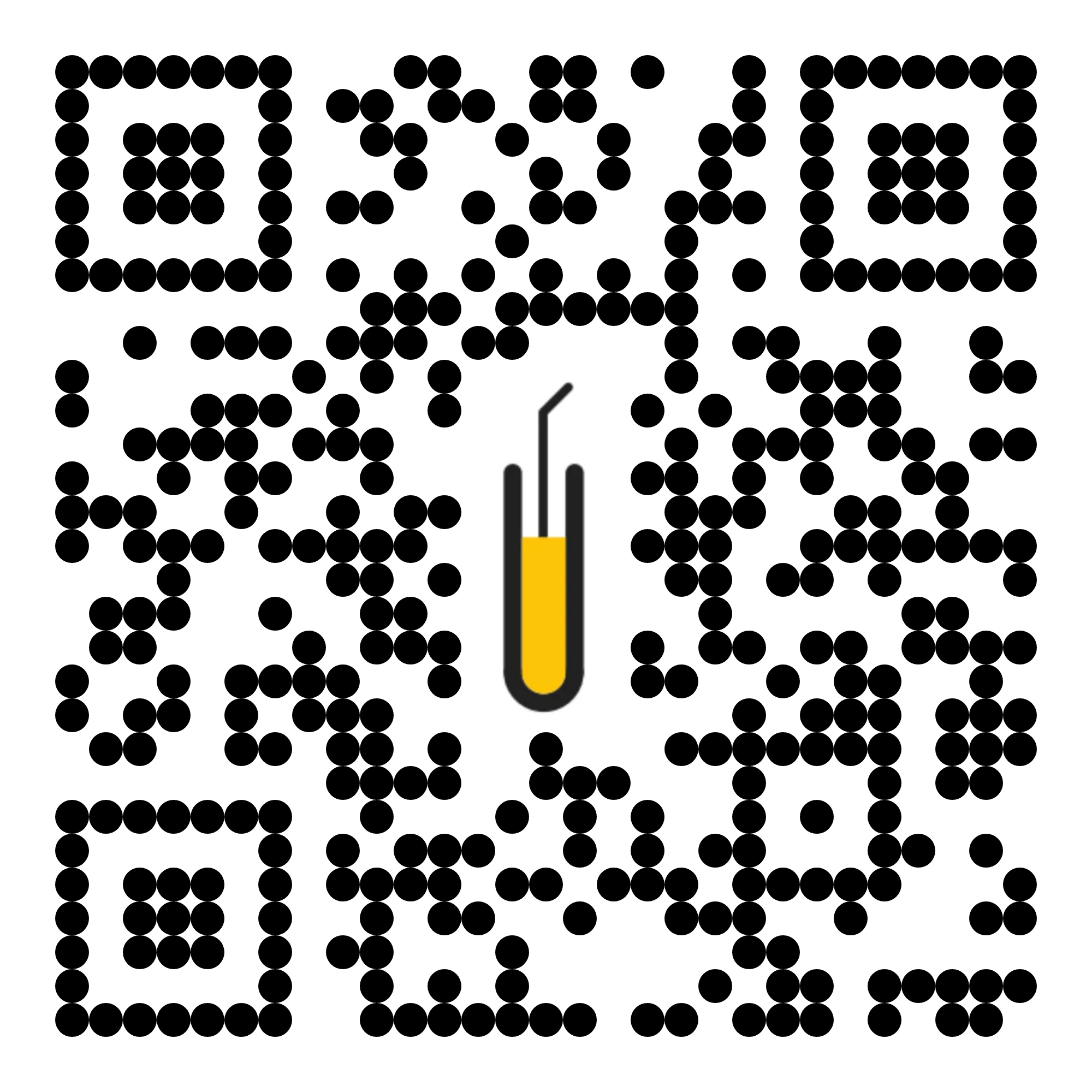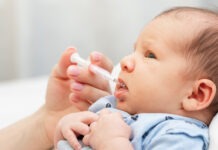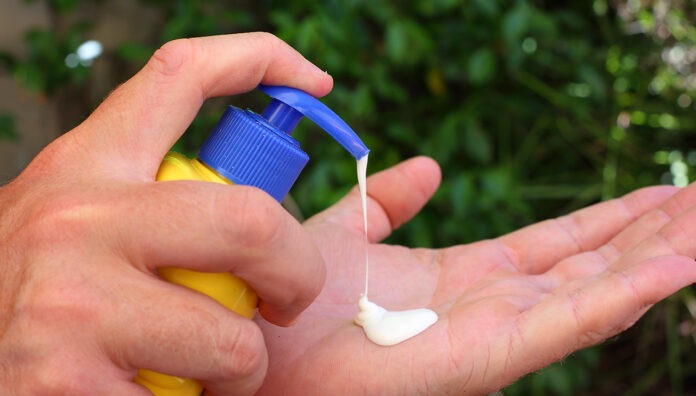As investigations reveal many popular high-SPF sunscreens don’t live up to their labels, both pharmacists and pharmacy assistants have a greater role to play in promoting a holistic sun protection routine.
On 12 June 2025, consumer advocacy group CHOICE released findings of a review on 20 popular SPF50 and SPF50+ brands – revealing that many don’t stack up as claimed.
According to the findings, only 20% (4) sunscreens met their SPF claims – with one Australian brand, Ultra Violette Lean Screen SPF 50+ Matifying Zinc Skinscreen, measuring only SPF 4.
Last week, the Therapeutic Goods Administration (TGA) vowed to investigate the matter.
With confidence in sunscreen already undermined via social media claims that its ingredients are toxic, how should pharmacists promote sun safety?
How do SPF numbers translate into real-world UV protection?
Australia has the highest incidence of melanoma in the world. So when the UV Index is 3 or above, it’s advisable to use a broad-spectrum, water-resistant sunscreen with an SPF30 or higher to protect against both UVA and UVB rays.
Despite the CHOICE findings, the difference in SPF ratings is not as stark as it seems. For example, Sunscreens with SPF 50 block around 98% of ultraviolet radiation (UVR), whereas SPF 30 formulations block roughly 96.7%.
So if unprotected skin begins to redden after 5 minutes in the sun, using an SPF50 formulation should, in theory, delay that reaction by fifty times – equating to roughly 250 minutes of protection. Likewise, an SPF30 product would ideally extend safe exposure to about 150 minutes. But by that rationale, an SPF4 sunscreen would only provide 20 minutes of protection – proving very limited benefit.
Application thickness also matters, Professor Rachel Neale, Senior Group Leader at the QIMR Berghofer Medical Research Institute told Australian Pharmacist.
‘The amount of sunscreen people apply will make a substantial difference to the SPF.’
What advice should pharmacists provide?
Even if the sunscreens don’t meet their marketed claims, pharmacists should remind patients that they likely still offer a reasonable level of protection if used according to reapplication instructions.
Since pharmacy assistants often field questions about over-the-counter products such as sunscreen, pharmacists must ensure they’re fully across this messaging, including:
- Sun protection is a daily necessity: all skin types need protection, even on cloudy days.
- Apply generously and reapply regularly: use about 35 mL of sunscreen for a full-body application (roughly one teaspoon per body part: face/neck/ears, each arm, each leg, front and back). Reapply every 2 hours, and immediately after swimming, sweating or towel-drying.
- Choose the right formulation: lotions, creams, sprays and sticks each have advantages; match these to patient needs (e.g. children, oily skin, sensitive skin).
It’s also crucial to remind patients that sunscreen is an essential component of a comprehensive suite of sun-protection measures, Prof Neal said.
‘Sunscreen should be used on the parts of us that can’t be covered by clothing,’ Prof Neale said. ‘During any planned outdoors exposures, people should be seeking shade, wearing hats, and using clothing in preference to sunscreen.’
And should a patient require additional assistance, including a history of skin cancer or photosensitivity, pharmacy assistants should refer them to the pharmacist for more information.
What action will the TGA take?
It’s crucial that sunscreens meet safety standards and consumer expectations, and perform as claimed.
In Australia, sunscreens are categorised as either cosmetics or therapeutic goods based on factors such as their ingredients, health claims and claimed SPF. Those products whose primary function is UV protection are classified as therapeutic goods and are regulated by the TGA to ensure they meet stringent safety, quality and efficacy standards.
‘We will be investigating the CHOICE findings and will take regulatory action as required,’ the TGA said. ‘The TGA has outsourced SPF testing to accredited laboratories.’
Should a sunscreen fall short of its claimed SPF or use misleading terms (such as ‘waterproof’), the TGA can require corrected labelling, remove the product from shelves or even order a recall.













